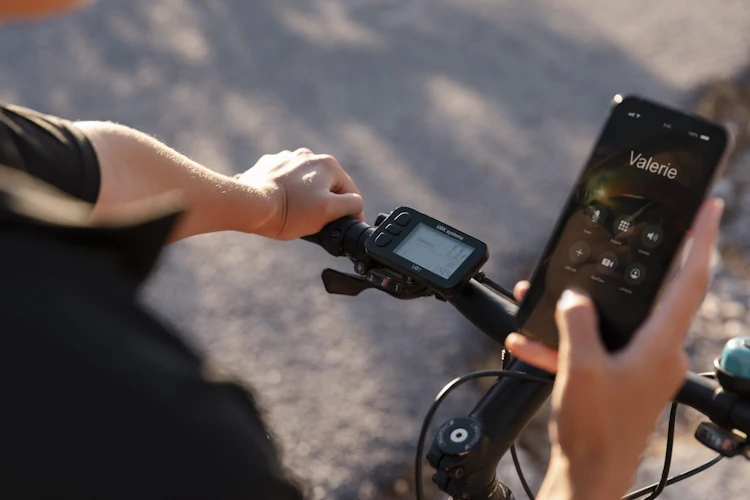Nothing halts a thrilling ride faster than a punctured tire. Yet, puncture repair is a skill that every cyclist, from the weekend warrior to the seasoned pro, needs to master. But what if we told you there’s more to it than just patching up a hole? Here are 10 shocking facts about puncture repair that will change the way you think about tire maintenance forever.
You’re halfway through a scenic route, the wind in your face, and suddenly—thud. A flat tire. Most cyclists dread this moment, but what if we told you that you’ve been handling puncture repairs all wrong? Read on to discover the secrets that will keep you riding smoothly and confidently.
1. Fact: Your Patch Kit Isn’t Enough
- The Truth: A standard patch kit may not always suffice for every puncture scenario. Tiny glass shards, thorns, or even tiny wire fragments can cause recurrent flats.
- Pro Tip: Carry a small piece of fine sandpaper or a metal file to smooth out the area around the puncture before applying the patch. This ensures a stronger bond and reduces the risk of further flats.
2. Fact: Tube Preparation is Critical
- The Truth: Proper tube preparation is often overlooked. Cleaning the tube with a solvent ensures the patch adheres correctly.
- Pro Tip: Use an alcohol wipe or a degreaser to clean the tube around the puncture. Dirt and oil can prevent the patch from sticking properly, leading to leaks.
3. Fact: Not All Patches Are Created Equal
- The Truth: Different puncture patches cater to different types of punctures. For example, self-adhesive patches are quick but may not be as durable as vulcanizing patches.
- Pro Tip: Keep a mix of self-adhesive and vulcanizing patches in your repair kit. Self-adhesive for quick fixes, and vulcanizing for long-term repairs.
4. Fact: Tire Boots Can Save Your Ride
- The Truth: Sometimes, the tire itself is damaged, not just the tube. A tire boot is essential for larger cuts or sidewall damage.
- Pro Tip: Carry a dedicated tire boot or use an emergency item like a folded dollar bill or an energy bar wrapper to cover larger holes in the tire.
5. Fact: Sealants Aren’t Just for Tubeless Tires
- The Truth: Liquid sealants can also be used in inner tubes to prevent and repair small punctures on the go.
- Pro Tip: Invest in a small bottle of tire sealant compatible with inner tubes. It can seal small punctures as they happen, reducing the need for frequent stops.
6. Fact: Inspecting the Tire is Non-negotiable
- The Truth: Failing to thoroughly inspect the tire for the cause of the puncture can lead to repeated flats.
- Pro Tip: Always run your fingers inside the tire to feel for any embedded debris after a puncture. Use a bright light to inspect visually, ensuring you don’t miss anything.
7. Fact: The Pressure You Inflate To Matters
- The Truth: Overinflating or underinflating after a repair can cause another flat or damage the patch.
- Pro Tip: Use a portable tire gauge to ensure you inflate to the recommended pressure. Proper inflation ensures the patch stays in place and the ride remains smooth.

8. Fact: CO2 Cartridges Can Be a Double-Edged Sword
- The Truth: While CO2 cartridges are convenient, the rapid inflation can sometimes cause the patch to shift or the tube to burst if not done carefully.
- Pro Tip: When using a CO2 cartridge, inflate the tube partially, check the patch placement, then continue inflating slowly to the desired pressure.
9. Fact: The Right Tools Make All the Difference
- The Truth: Using subpar tools can complicate the repair process and damage the tube or tire.
- Pro Tip: Invest in high-quality tire levers and a reliable mini-pump. Good tools make the repair process smoother and reduce the risk of additional damage.
10. Fact: Practice Makes Perfect
- The Truth: Puncture repair is a skill that improves with practice. The more you do it, the quicker and more efficient you become.
- Pro Tip: Practice puncture repairs at home to familiarize yourself with the process. This can make a world of difference when you’re out on the road and need to fix a flat quickly.
Conclusion:
Puncture repairs are an inevitable part of a cyclist’s journey, but they don’t have to be a dreaded chore. Armed with these 10 shocking facts and tips, you can handle punctures with confidence and ease. No more interrupted rides or stressful roadside repairs—just smooth, worry-free cycling.
